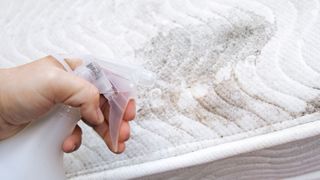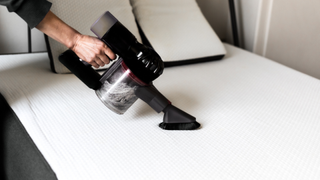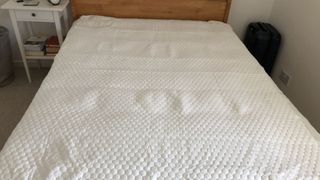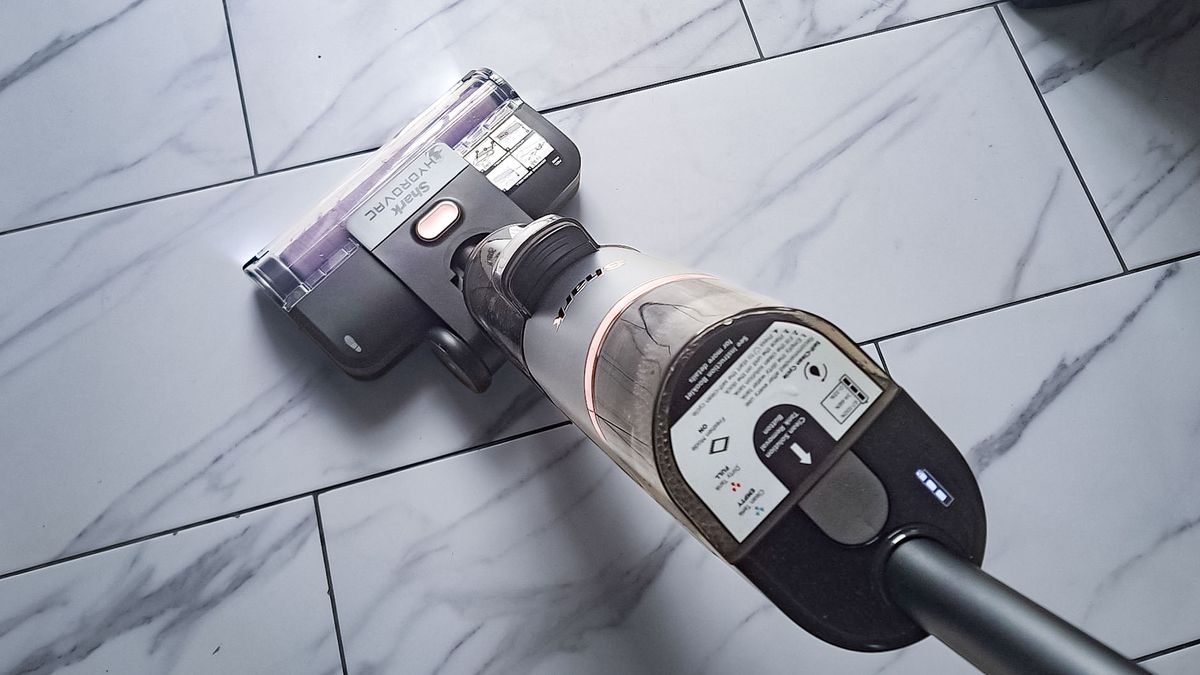If you're constantly cleaning every nook and cranny of your house but still find your allergies triggered, the culprit might just be your mattress. We spend almost every night in our bedroom, so it’s crucial to keep a check on your mattress hygiene and whether it is contributing to your condition.
While some of the best mattresses of 2024 for all sleepers are equipped with hypoallergenic materials and features, you still need to take proper care of your bed. If you're not keeping on top of your bed's hygiene, this will reduce its lifespan and lead to allergens building up.
The good news is that there are ways to tell that your mattress has become a cesspit for allergy triggers, along with ways to get rid of these nasties. However, sometimes you'll need to accept that your mattress is no longer fit for use and needs to be replaced. Luckily, there are extended Cyber Monday mattress deals that are still live to help you replace your bed for less.
5 signs your mattress is causing your allergies
A dry, tickly cough and congested airways caused by allergies can be a barrier to quality sleep. While some allergies are triggered by allergens such as pet dander and pollen, others can exist inside your bed. Let’s look into this in detail...
1. Your allergies are worse at night
If your allergies are worse at night, it’s a clear sign that the allergen is somewhere close by. Congestion caused by dust mites and pet dander that exist within and on your mattress can make your allergies worse at night. Common symptoms of allergies to pet dander and dust mites are: sneezing, runny nose, itchy red or watery eyes, swollen blue-colored skin under your eyes and facial pressure and pain.
The American Lung Association even underlines that frequent exposure to these allergens can cause other breathing issues like asthma. Studies show that 74% of allergy sufferers wake up during the night while over 90% have difficulty sleeping while struggling with these symptoms. If left untreated, this can eventually disturb your sleep cycle causing insomnia, which can then lead to other physical and mental concerns.

2. You’ve spotted signs of mold
Mold is another allergen that can exist within your mattress. As we enter the colder and wetter months now, mattress mold will become a common problem. The symptoms of mold allergy are much similar to the upper-respiratory allergies such as sneezing, stuffy nose, itchy eyes, nose and throat and dry scaly skin.
The severity of these symptoms can also vary from person to person. Some may have year-round symptoms which flare up at times while others may notice it only when the weather gets damper, which is why it's important to know how to spot mattress mold and deal with it quickly.
3. You’ve owned your mattress for over 10 years
It is a known fact that if your mattress is anywhere between 7 to 10 years, it is the right time to replace your mattress. Over the years, it can accumulate dust, dead skin and pet dander if you allow pets on your bed. Without a decent mattress protector, old mattresses can also become a breeding ground for dust mites. A study by Ohio State University even found that our mattresses may have 100,000 to 10 million dust mites within. This can add up to the weight and make your bed heavier with time.
4. You have an irregular cleaning schedule

Dust mites don’t just thrive in old mattresses. Your brand new mattress too can trigger your allergies if not cleaned regularly. It is recommended that you deep-clean your mattress every few months to get rid of the dust, pet dander, dead skin, sweat and oil all which can otherwise attract mites. Buying a handy mattress vacuum and having a fixed bed cleaning schedule could help you keep a tab on your bed.
5. Your skin is irritated
Skin irritations, such as hives and swelling, can be a sign of a latex allergy. According to the American College of Allergy, Asthma and Immunology, latex allergy symptoms can lead to asthma or even anaphylaxis (difficulty breathing and/or fall in blood pressure). While allergic skin problems may be caused by direct contact with latex products, inhaling the latex proteins in the air might be enough to do damage. Allergic contact dermatitis is another kind of skin allergy which can be noticed by eczema or blisters.
How to reduce mattress allergies
Regardless of the source of your mattress allergies, the good news is that you can solve those:
Clean your mattress thoroughly
Vacuum mattress thoroughly (ideally with a vacuum with a HEPA filter) to lift dust mites, pet dander and other allergens lurking within your mattress. Open windows as you should allow the mattress to breathe. Wash sheets on a hot wash and allow the air to dry in sunlight, if possible. Make sure you do this regularly, once every few months, so that you don’t leave chances for dust mites to soak up all the dirt and breed.
For more information, read our guide on how to deep clean your mattress at home.
Invest in a hypoallergenic mattress protector

Studies have shown how asthma sufferers felt their symptoms reducing after using hypoallergenic bedding like mattress covers and pillow cases. This is an effective method to keep the allergens at bay as it acts as a physical barrier preventing the dust, sweat and dirt from settling deep within your mattress. Depending on your budget and preferences, you can now browse through our guide to the best mattress protectors to choose your pick.
Replace your mattress
If mold is substantial, your mattress is old and unsupportive, or is triggering a latex allergy, your best bet is replacing it entirely. While cleaning and maintaining it can control the impact to a great extent, old moldy beds can seldom be saved and brought back to their glory.
It is important to sleep on a mattress made from materials that are hypoallergenic or won’t trigger your specific allergies. Memory foam or down-alternative fills can be good choices for promoting comfort and good quality sleep.





















 English (US) ·
English (US) ·